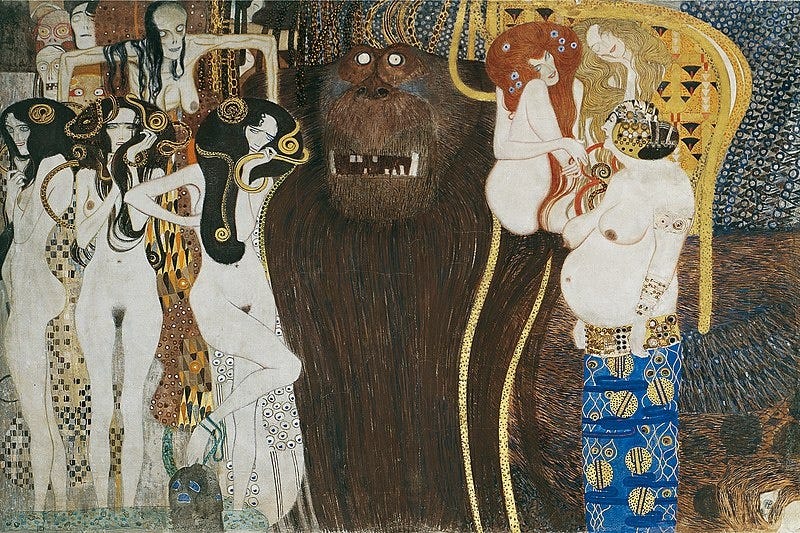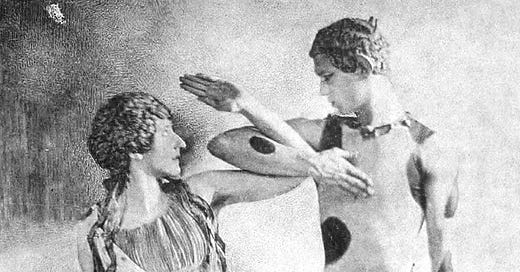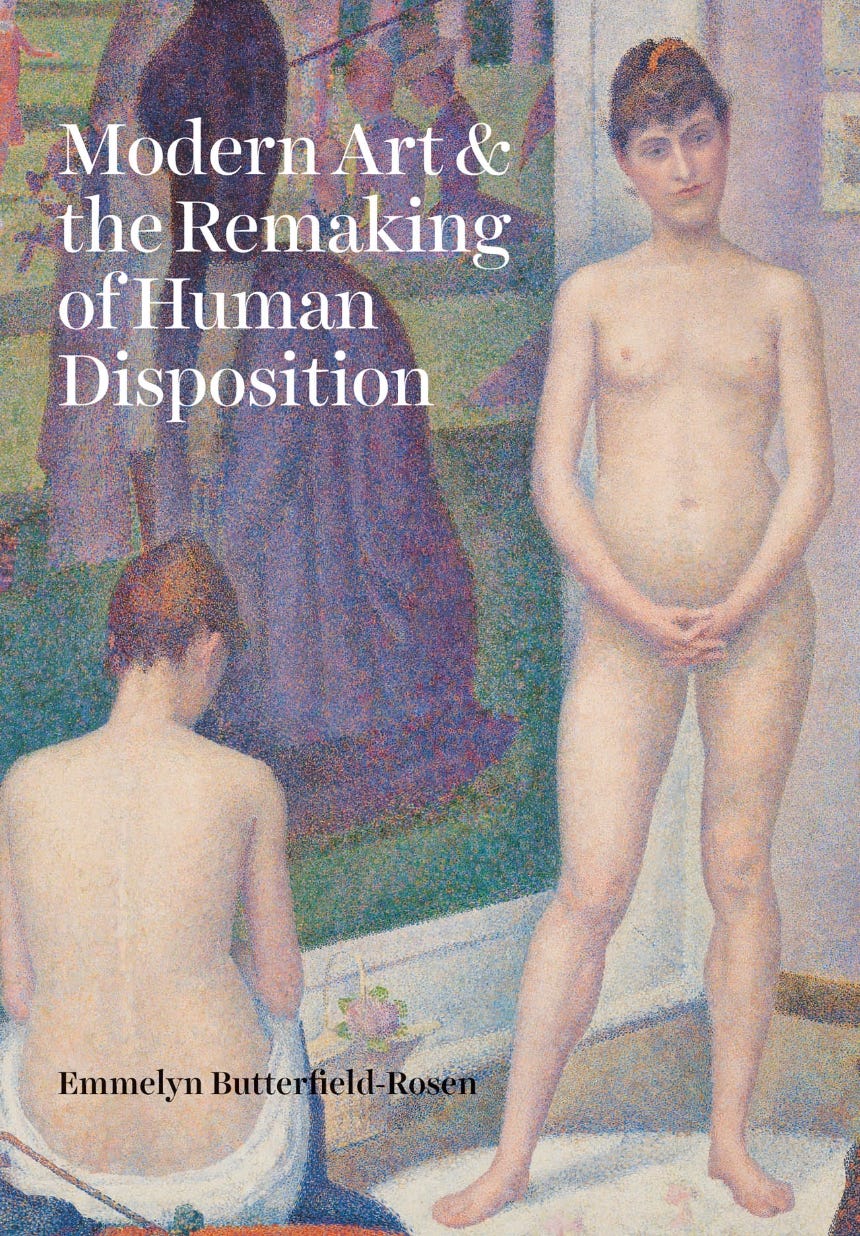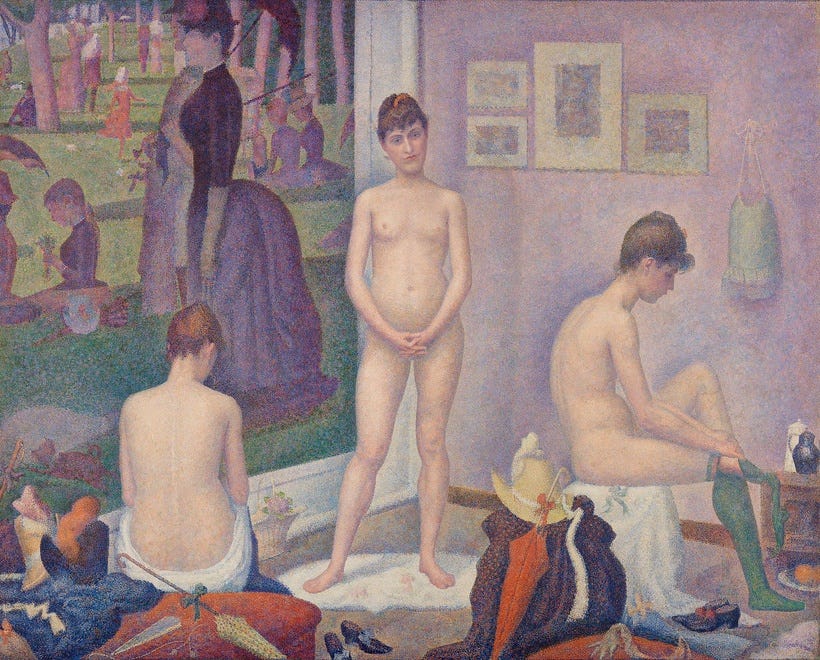By the end of the 19th century, cascading developments in science and philosophy were radically challenging the way Western society understood what it means “to think” — and how, in turn, a sentient human could be depicted. Emmelyn Butterfield-Rosen, a scholar of late-19th and early-20th century art and associate director of the Williams Graduate Program in the History of Art at the Clark Art Institute in Williamstown, MA, joins us to discuss her new book, “Modern Art & The Remaking of the Human Disposition” (2021, U. Chicago Press), which brilliantly and with astonishing depth explores not just the shifts in artistic conventions during this time, but also the emergent cybernetic processes that catalyzed them.



To read Emmelyn’s words and to see all 100+ images, get your copy of Modern Art and the Remaking of the Human Disposition here.
















Share this post